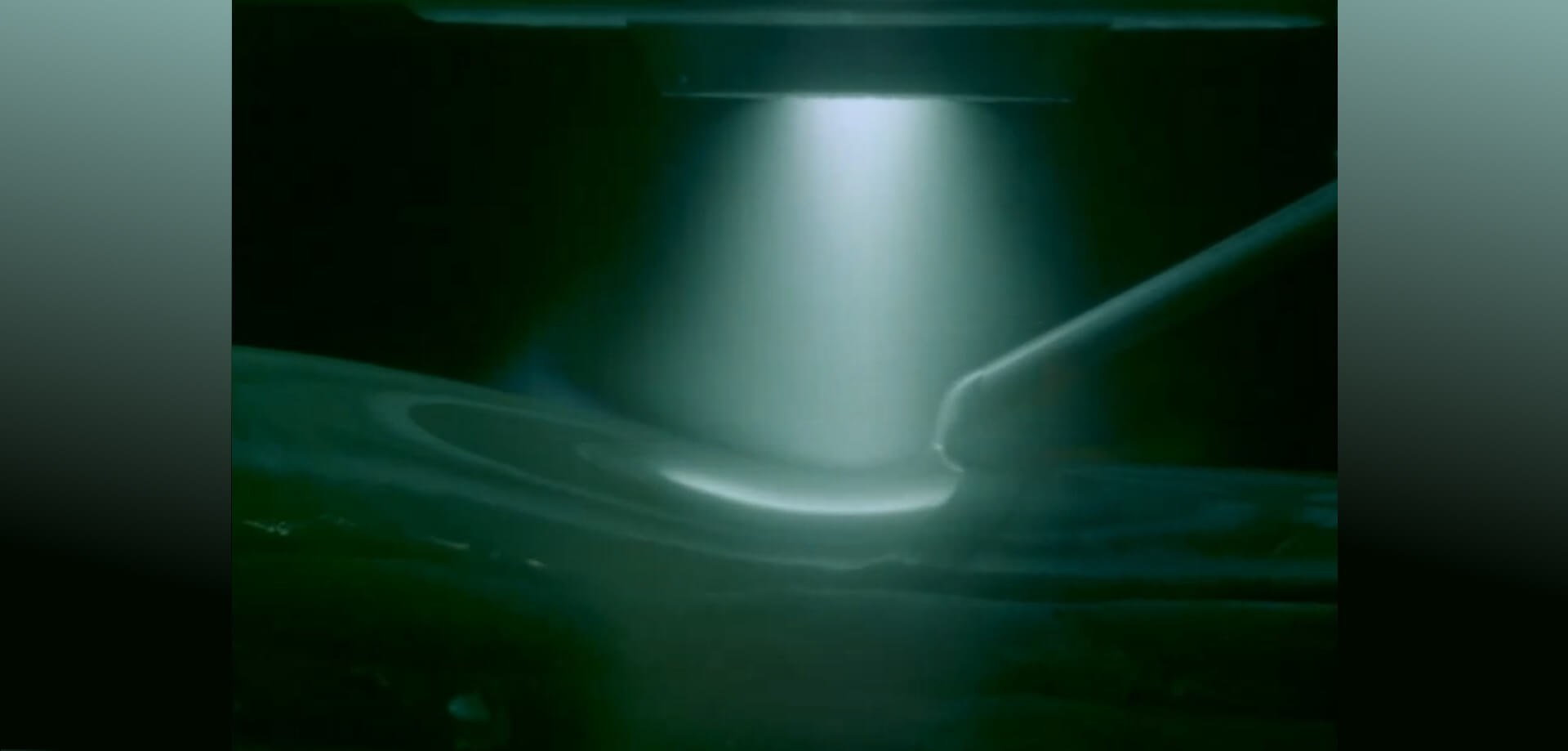Manufacturing large components is extremely challenging. So far, it has been based on engineering principles. A great deal of empirical know-how is required for every new application, leading to long lead times and high cost for new applications and materials. These are ever-varying and numerous, in light of the heterogeneity of the end-users mix. Therefore, there is an urgent need to develop a science-based understanding of DED processing. This is key to exploit its full potential and enable the industrial pick-up its merits. Such potential could be increased by combining more than one process: E.g. an arc and a laser could be coupled into one symbiotic machine, generating a multiple energy source configuration.
Our vision is to radically transform large area metal additive manufacturing by pioneering:
- New high build-rate wire based DED with greater precision of shape and microstructure;
- Production of net-shape large-scale engineering structures, at low cost;
- Guaranteed 'right-first-time' homogeneous or tailored high performance properties and structural integrity.
Four universities (Cranfield U., U. of Manchester, Strathclyde U., and Coventry U.) have joined forces to deliver this ambitious research programme over five years with a budget of £7M. The research programme has also 17 industrial partners (end users and from supply chain) and 2 research centres.
The NEWAM programme will tackle four main challenges:
1. NEWAM's engine room. New wire-based DED processes with two primary aims: simultaneous high build rate with precision net-shape deposition (no finishing process required) and independent thermal control from deposition shape, using active thermal profile management.
2. NEWAM's design room: new wire compositions tailored to the newly available thermal process regimes, and capable of producing properties better than the equivalent forged alloys. It will also provide crucial information regarding the formation and criticality of defects.
3. NEWAM's modelling room: key fundamental science and understanding, using advanced process and material modelling and state-of-the-art high efficiency techniques. Physics-based thermal and fluid-flow models, as well as microstructural and mechanical models will be developed and implemented.
4. NEWAM's quality room: physics-based framework for guaranteed mechanical properties and structural integrity in as-built components, including the development of in-process non-destructive evaluation techniques.

